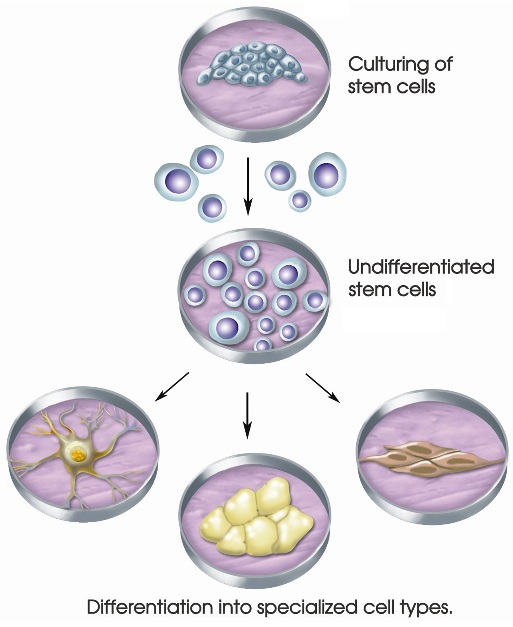What Is an Induced Pluripotent Stem Cell?
In 2006, a group of researchers in Japan reported a way to convert cells from the skin back into stem cells, known as induced pluripotent stem cells. While the first experiments were conducted in mice, researchers have now extended the technology to humans. In labs around the world, scientists are turning induced pluripotent stem cells into neurons, allowing a closer look than ever at the variation in neurons from different people. Read below to learn more about induced pluripotent stem cell technology.

So far we have described embryonic stem cells and adult stem cells. Generally speaking, embryonic stem cells can turn into any of the specialized cells found in an adult. While adult stem cells can only turn into the specialized cells found from the tissue that they were found in (for example, a brain stem cell would be able to turn into a neuron but not any of the cells found in the liver).
How this type of stem cell is made
It has been assumed that once a stem cell has differentiated into a specialized cell, there was no way for that cell to go back and become a stem cell again. In 2006, a breakthrough study came out which demonstrated how a fully developed cell could be induced back to a pluripotent embryonic stem cell-like state1. This process of going back was called de-differentiation and was accomplished by the use of a virus that was specially designed and built to reprogram the cell.
The following year, it was shown that human fibroblasts could likewise be reprogrammed into a pluripotent stem cell-like state2-3. These reprogrammed cells are called induced pluripotent stem cells (iPSCs) and are thought to be capable of differentiating into every specialized cell type in the human body.
Use of iPSCs in research
Like other stem cells, the environment in which iPSCs are cultured can be manipulated to direct their differentiation into the different specialized cell types in the human body, including neurons and other non-neuronal cells of the brain. Research like this is being done with iPSCs to help identify potentially useful drugs and to model human diseases.
| References: |
|

